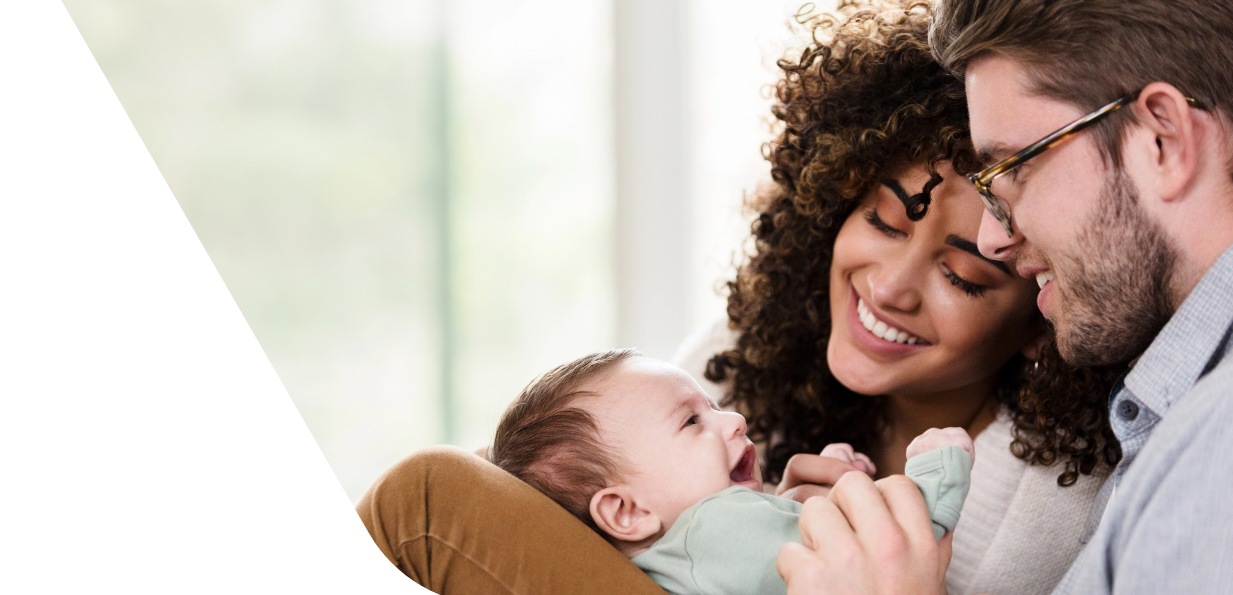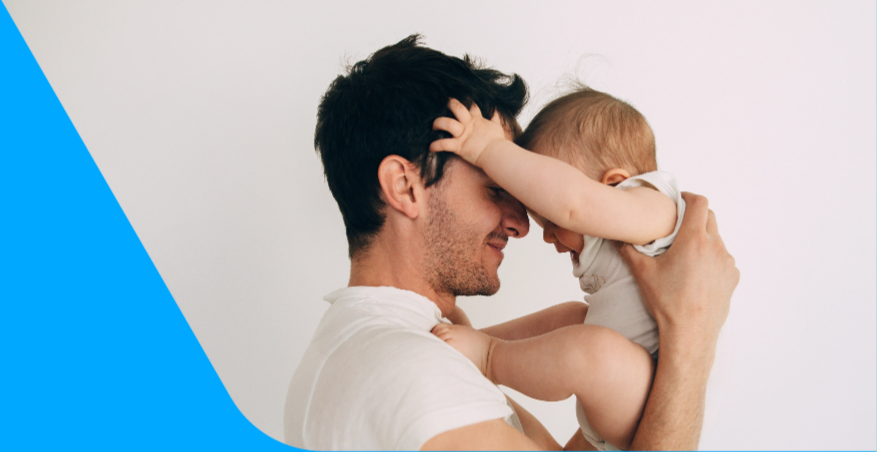Your baby will reach milestones at his own rate. But if you’d like to nurture his development while creating more opportunities to interact and bond with your baby, here are some activities you can try.
Cognitive
Milestone: Finding hidden objects
What helps: Hide yourself completely or partially behind a door. Call to your baby: “Where’s Mommy?” Let him follow your voice and discover you by turning toward you (and likely smiling or even squealing). Repeat your question a few times. Move somewhere else in the room and do the same thing. With time, he may even scoot or crawl toward you.
Why: Hiding games help your baby understand the concept of object permanence.
Next: Take turns hiding: Cover a baby toy with a small blanket and let your baby pull it off to reveal the toy. He’ll quickly catch on that the game works both ways.
Milestone: Anticipating what comes next
What helps: Structure your baby’s day around a consistent routine. Do things at roughly the same time of day, every day, and in the same order. An evening procedure (for example: bath, pajamas, snack, toothbrushing, story, bedtime) is especially important.
Why: Schedules help your baby begin to develop a sense of time. Thanks to his improving memory, your baby can recall how things flowed yesterday and the day before. Consistency reinforces this kind of thinking and also promotes a sense of security.
Next: Refer to events in a sequential way when you talk to your baby: “Next we’ll have lunch,” “After your nap, we’ll go to the park.” This practice underscores the progression of time.
Motor
Milestone: Crawling
What helps: Place a toy just beyond your baby’s reach when he’s sitting upright.
Why: He’ll want to move toward the toy to check it out. He may roll over, scoot on his bottom, or creep along in some other way to try to reach it. Eventually he’ll probably try the far more efficient method of crawling.
Next: Set up a series of interesting objects toward which he can crawl over and over, such as toys, cushions, pillows, or boxes. He’ll be stimulated by the challenge, and his mobility will improve. Stay close by for safety’s sake.
Milestone: Coordinating use of hands
What helps: Offer toys that require manipulation—ones that have buttons to push, knobs to turn, and levers to pull.
Why: These child-safe gadgets offer an opportunity for your child to practice grasping and letting go, trying to use a pincer grasp, and otherwise handling objects.
Next: Introduce blocks. At first your child will be more interested in knocking them down than stacking them up, but by 9 to 12 months, he may be able to stack two of them into a tower.
Communication
Milestone: Imitating words (by babbling)
What helps: Repeat the word you think your baby is trying to say. If he says “ba ba!” when you’re holding a bottle, say, “bottle,” for example.
Why: Your baby already has the sense that things have names and will begin to link the sound with the word.
Next: He’ll use a particular sound (“ba ba”) every time he sees a given object (a bottle). Though it doesn’t sound quite like an actual word yet, he’s using it to refer to the object, and your treating it as such helps reinforce his use of language. Repeat the correct pronunciation: “Yes, bottle. Do you want your bottle now?”
Social
Milestone: Distinguishing between family and strangers
What helps: Don’t force your baby to interact with people who aren’t familiar to him. Give him space to react to strangers in his own way.
Why: Stranger anxiety, resistance to strangers, is a normal phase in emotional development. That your baby is beginning to differentiate between people who are familiar and those who aren’t is a healthy sign of the bond he’s developed with you and other family members.
Next: Have unfamiliar people, such as a new babysitter, try to slowly interact with your baby. Suggest that they smile at him, talk to him, or offer him a plaything while he still sits on your lap. He may warm up to their presence to the point where the person no longer seems new or threatening; he may even initiate a smile or other interaction himself.








